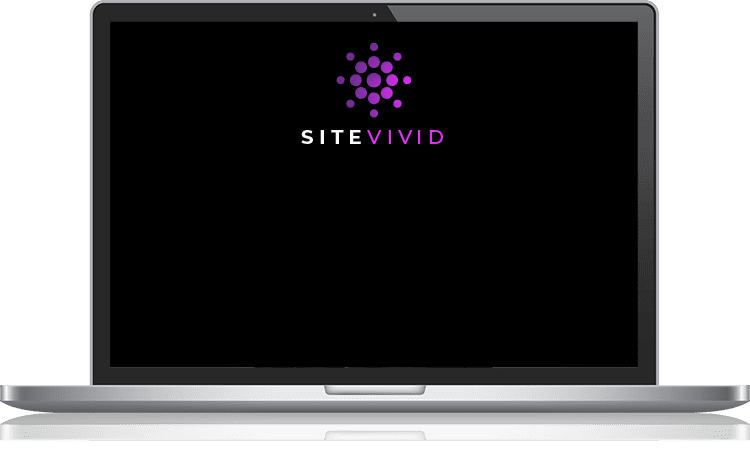What is the “Five-Hundred-Dollar” Myth?
“All I need is a simple website, right? I can find someone to do that for $500 or less—and it’ll be good enough for now.”
This kind of thinking is pretty common—and understandable. Maybe you’ve never gone through the process of building a website before, or maybe you’re just trying to be smart with your budget. Neither is wrong. But even with the best intentions, it’s easy to underestimate how much goes into creating a site that actually works for your business.
Unless you get very, very, very, very… very lucky, a $500 website is likely to come with a long list of limitations—some obvious, some you won’t notice until it’s too late.
That’s because professional web design is a surprisingly intricate blend of creative, technical, and business-minded components. Some decisions are subjective, like choosing colors that you like. Others are technical, like reducing page load times. And some are intuitive, like placing a call-to-action where it feels natural to click. Each of these layers involves dozens of smaller decisions—each one influencing the others in a kind of fractal-like tangle of interdependencies.
Ask Yourself This Question
Does that sound like something that should cost $500 or less?
Probably not. And yet, offers for $500 websites are everywhere. Sometimes they’re from someone you know. Sometimes they show up on freelance marketplaces, local Facebook groups, or in the inbox of a small business owner just trying to get something off the ground. And to be fair, those offers aren’t always scams. There are decent people trying to earn extra money or gain experience by charging what they think is fair.
The problem isn’t always the intention—it’s the outcome.
Here’s what $500 usually buys:
- A prebuilt template with little or no customization
- Limited (or zero) guidance on content, layout, or messaging
- Shared hosting on a slow server—if hosting is even included
- No SEO consideration
- No accessibility standards
- No mobile optimization
- And no support if something breaks
It’s a website in the most basic sense of the word: there’s a domain, there are some pages, and they exist on the internet. But functionally, strategically, professionally? It’s closer to a placeholder than a business tool.
And if the person building it disappears—or gets in over their head—what then? Do you hire someone else to fix it? Do you rebuild? Do you wait, hoping it just works long enough?
Most business owners don’t realize they’ve bought a problem until it’s already costing them time, energy, or leads.
And that’s the real cost of the $500 myth.
Now, let’s be clear: not every website needs to be a six-figure enterprise platform. But if you’re expecting your site to actually do something—bring in leads, communicate credibility, support your growth—then it has to be more than just “online.” It has to be intentional, functional, and reliable.
That means moving beyond the “how cheap can I get this done” mindset, and starting to ask, “What does a well-built site actually include?”
So, What Does a Proper Business Website Really Include?
1. Strategic Planning
Every great website starts with a solid foundation. It’s not just about putting pages together—it’s about knowing what belongs on the site, why it matters, and how to guide visitors toward taking the next step.
- Clear, practical goals for the website (like getting calls, form submissions, or foot traffic)
- A thoughtful page structure that matches your services and your audience
- Straightforward messaging that speaks to your customers and answers their questions
- Smart, simple calls-to-action that help guide visitors through the site
2. Professional Design
Good design isn’t about flashy colors or animations—it’s about clarity, usability, and brand trust.
- Brand-aligned typography, layout, and color use
- Mobile responsiveness
- Accessibility considerations
3. Technical Development
This is where many cheap sites crumble. A professional site should work—and keep working.
- Fast-loading pages and optimized media — so visitors don’t bounce before your site even opens
- Mobile-ready layout — your site looks great and works right on any device
- Built with trusted software and clean code — no sketchy plugins or bloated themes
- Secure and protected — HTTPS, vetted plugins, and active measures to keep hackers out
- Built on WordPress and ready to grow — no dead ends or “locked-in” systems
4. SEO Foundations
You don’t need a full-blown SEO campaign on day one—but you do need to build with it in mind.
- Logical URL structure
- Metadata and semantic headings
- Page speed, alt tags, crawlability
5. Ongoing Support
Even if your site launches perfectly, things change: browsers update, plugins break, new content is needed. Having someone to call isn’t a luxury—it’s insurance.
- Software updates
- Uptime monitoring
- Content edits or blog additions
- Tech support when something breaks (because eventually, something always does)
So no—it’s not “just a website.” It’s your digital storefront, your elevator pitch, your proof of professionalism, and the thing people often judge before they ever call or walk through your door.
That shouldn’t cost more than it needs to, but it shouldn’t cost less either.
If you’re looking for a simple, professional solution that doesn’t require a huge up-front investment—and doesn’t cut corners either—our All-In-One Website Plans might be worth a look.
Explore All-in-One Plans



